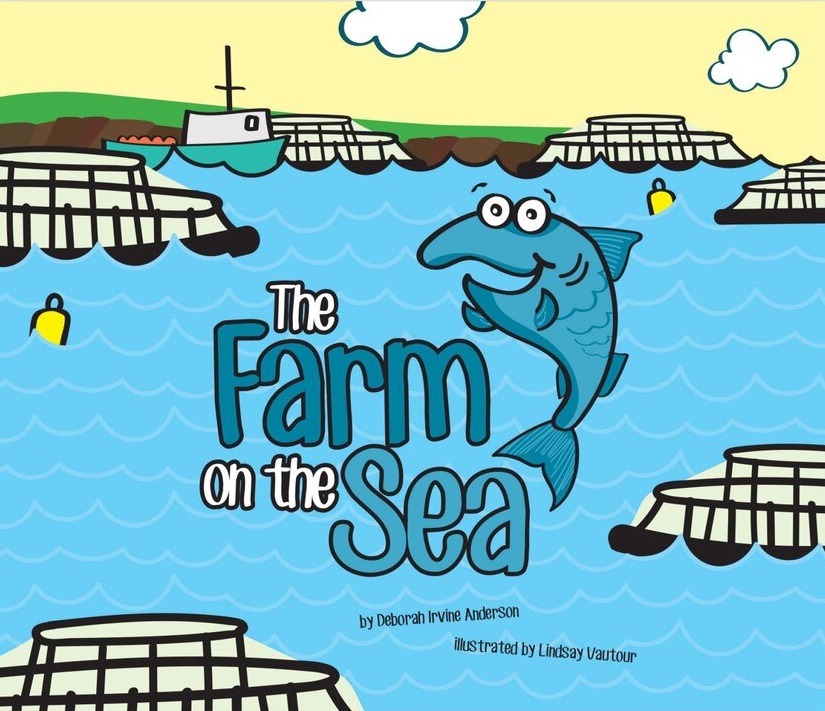Suggested Teaching & Learning Activity
Applying Knowledge of Language, Form and Genre
- Point out title, author, and illustrator when sharing books during read aloud or shared reading.
- Talk about how the title relates to the book, and the difference between an author and an illustrator.
- After talking about common features of a certain type of text, involve students in examining various texts for these features.
- Have students brainstorm questions they would like to ask of a visiting author, or in a letter to an author. Invite guest presenters to the classroom and invite children to ask questions.
Offline Resources and Activities
Online Activities
Curriculum Connections
Grade K-1
- English Language Arts (Atlantic Canada)
- Reading and Viewing
- GCO: Students will be expected to respond critically to a range of texts, applying their knowledge of language, form, and genre.
- Recognize some basic types of texts (e.g., videos, poems, posters, letters, true and imaginary texts)
recognize some basic components of texts such as author, illustrator, and title.
- Recognize some basic types of texts (e.g., videos, poems, posters, letters, true and imaginary texts)
- GCO: Students will be expected to respond critically to a range of texts, applying their knowledge of language, form, and genre.
- Reading and Viewing
Grade 1-2
- English Language Arts (Atlantic Canada)
- Reading and Viewing
- GCO: Students will be expected to respond critically to a range of texts, applying their knowledge of language, form, and genre.
- Use their experiences with a range of texts to identify some different types of print and media texts, recognizing some of their language conventions and text characteristics.
- Respond critically to texts.
- Formulate questions as well as understandings.
- GCO: Students will be expected to respond critically to a range of texts, applying their knowledge of language, form, and genre.
- Reading and Viewing
Grade 3-4
- English Language Arts (Atlantic Canada)
- Reading and Viewing
- GCO: Students will be expected to respond critically to a range of texts, applying their knowledge of language, form, and genre.
- Identify some different types of print and media texts.
- Recognize some of their language conventions and text characteristics.
- Recognize that these conventions and characteristics help them understand what they read and view.
- Respond critically to texts.
- Formulate questions as well as understandings.
- Identify some different types of print and media texts.
- GCO: Students will be expected to respond critically to a range of texts, applying their knowledge of language, form, and genre.
- Reading and Viewing






